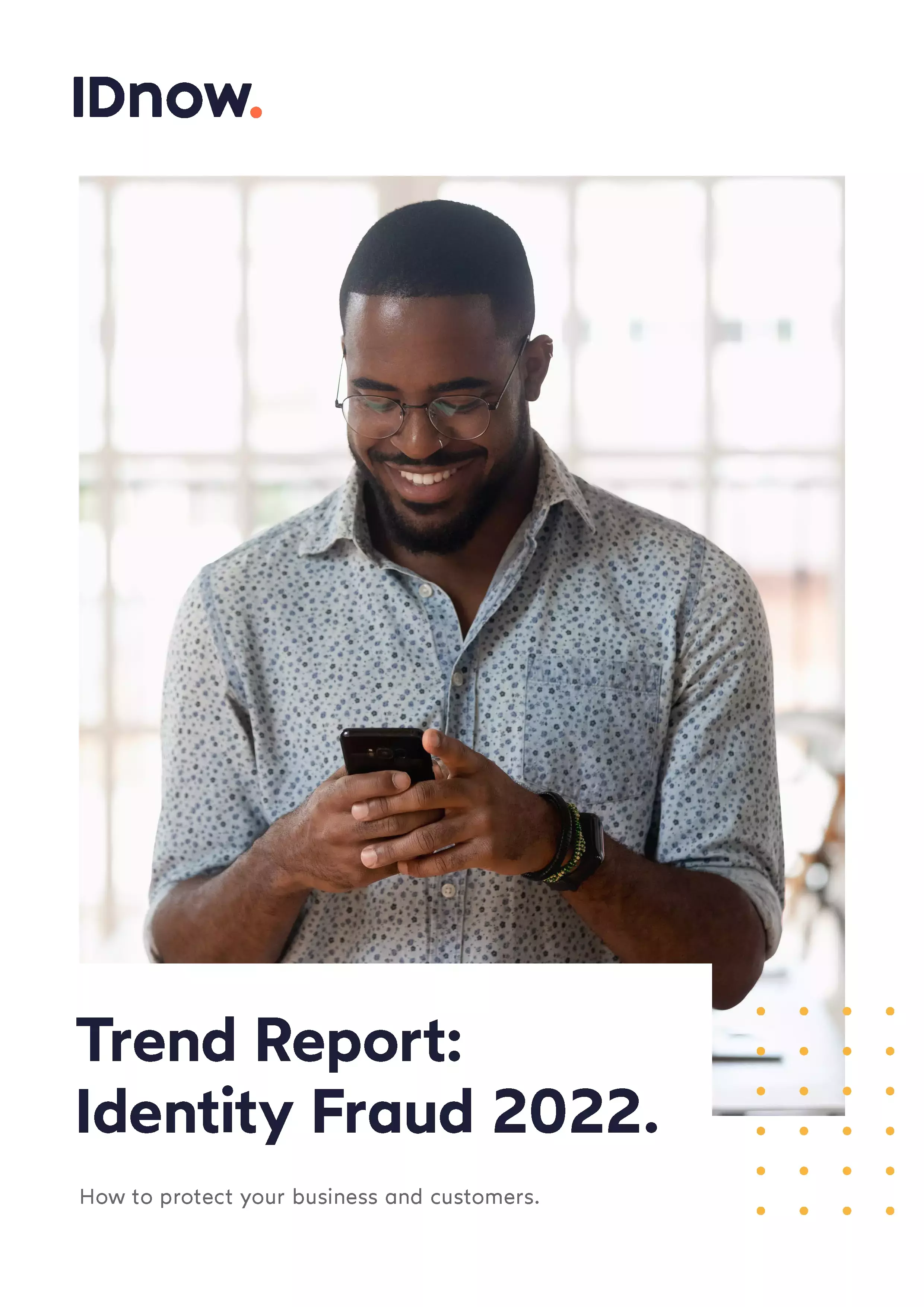What is Similarity Fraud?
Similarity fraud (also known as look-alike fraud) is a type of impersonator fraud in which the perpetrator uses the personal information of someone who shares physical or behavioral similarities with the victim. This type of fraud can be difficult to detect, as the perpetrator may have legitimate access to the victim’s information.
There are numerous reasons why someone may want to engage in such fraud:
- Clandestine immigrants wanting to cross borders;
- Illegal workers looking for jobs, but without proper work permits;
- Members of organized crime rings or criminals on wanted or watch lists who may want to operate internationally;
- More generally, people who want to hide their true identity.
Typosquatting, which is the act of registering domains with deliberately misspelled names of well-known websites, can be considered an online version of similarity fraud. By visually replicating the domain name, the victim will unwittingly visit a malicious website and input his credentials and/or credit card information. Some look-alike domains even impersonate legitimate brands and make money by running fraudulent schemes.
How does Similarity Fraud work?
As anti-forgery and anti-counterfeiting measures improved, criminals began to shift focus to simpler types of identity fraud, such as similarity fraud. Different modus operandi can be used for similarity fraud. Here is a real-life example:
In 2021, a passport brokerage firm was dismantled by the National Crime Agency in the UK for supplying passports using lookalikes for more than a hundred high-level organized criminals. The person with similar physical features would apply for a genuine replacement passport, but provide the criminal’s photos. This is the most sophisticated form of producing false identity documents, as the document is genuine and issued by a national authority. Usually, attackers applying for an identity document will use the same hairstyle, hair color, glasses and beard if applicable, to trick the administrative agent. Sometimes, morphed photos, which are synthetic images that combine physical traits of both individuals into one photo, are used in the application. These are very difficult to spot with the human eye. In other cases, criminals may just steal identity documents from a victim that looks just like them.
The similarity fraud undertaken by the firm allowed criminal leaders, firearm traffickers and alleged murderers to travel undetected and operate internationally under false identities.
How to check an identity document for Similarity Fraud
According to the National Document Fraud Unit of the UK Home Office, similarity fraud can be detected by conducting various checks on identification documents:
- Check for distinguishing features like moles, scars, teeth placement, etc;
- Is the age of the person on the identity document consistent with the person in front of you;
- Each feature of the face should be checked individually: ears, mouth, nose, eyes;
- The position of each feature should be also carefully checked;
- The shape of the face is another element to consider;
- The person presenting the document should be able to recreate the signature without looking at it.
However, these manual checks often fail to yield as accurate sufficient results as modern approach involving facial recognition and liveness checks. See also our glossary entry on Fake ID Fraud.
How to prevent Similarity Fraud as a financial institution?
Although a company duped by similarity fraud may regard itself as a victim, authorities have been known to consider them “accomplices” of the criminal activities they enabled. Failure to check identification documents may also result in loss to revenue, or fines from relevant authorities.
Companies must therefore implement specific steps to prevent similarity fraud such as:
- Strong KYC and identification verification processes to help prevent this type of fraud. Liveness checks, comparing the person registering against his ID made by trained agents is another useful line of defense;
- Financial institutions can raise awareness against similarity fraud through training and communications. Agents in charge of validating applications should also be trained against this specific of fraud, and how to manually identify similarity fraud through the tell-tale signs mentioned above;
- To tackle the problem of morphed photos, institutions requesting physical pictures in their processes should only request photographs from accredited photographers or secured kiosks. However, banning print photos would also help to drastically reduce this issue;
- Financial institutions should leverage identity verification solution providers to defend against a wide variety of fraud. Indeed, as facial recognition technology is improving, such systems can detect discrepancies in facial features that the human-eye just cannot;
- Finally, several fraud experts have called for greater collaboration and information sharing between relevant parties, as they may share trends and ongoing attacks by criminal organizations.
Trend Report: Identity Fraud 2022
Learn about the latest trends in fraud and how to prevent them in IDnow’s Trend Report: Identity Fraud 2022.
Download now




